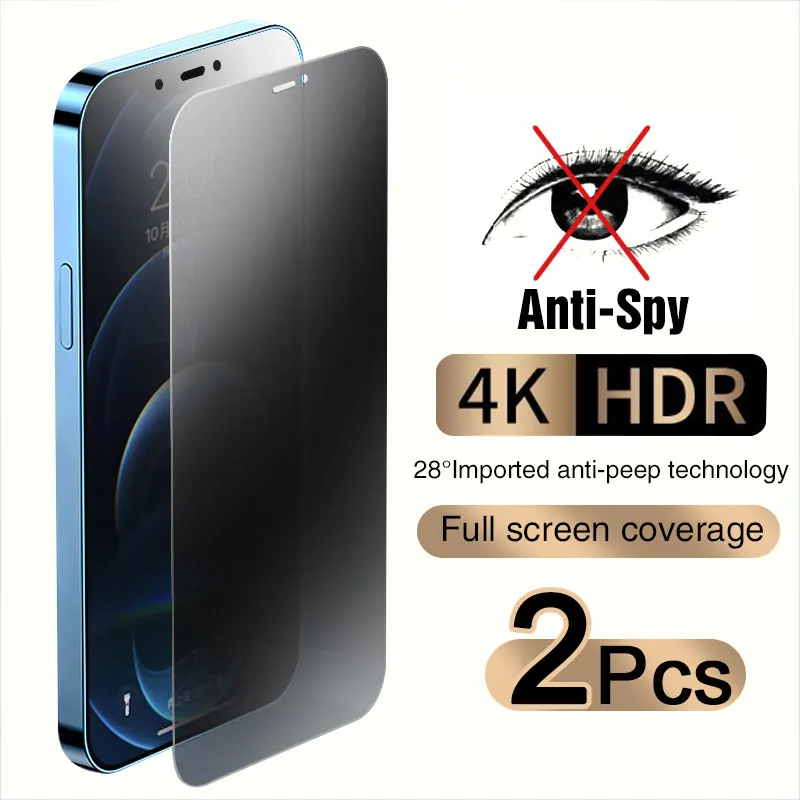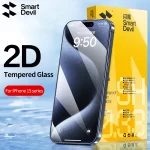Importance of Using a Screen Protector
Installing a screen protector on your iPhone is very important. This simple accessory acts as a barrier against daily wear and tear. It defends your phone’s screen from scratches, scuffs, and even cracks Devices like the iPhone often face hazards such as keys or coins in pockets. A screen protector can handle these dangers, keeping your main screen pristine.
These protectors are especially useful if the phone drops. While the iPhone’s Ceramic Shield is robust, the screen can still shatter upon impact. The costs for screen repairs are high, making a protector a cost-effective preventative measure. In case of a fall, the screen protector will absorb most of the impact. This helps reduce the risk of severe damage to the phone’s actual screen.
Moreover, screen protectors are not just about protection. They can also enhance the user experience. Some come with features like anti-glare coatings or privacy filters. This makes your device easier and safer to use in different environments.
Overall, a screen protector is a small investment that can save you from bigger expenses and troubles later on. It maintains the resale value of your iPhone by keeping the screen in excellent condition.
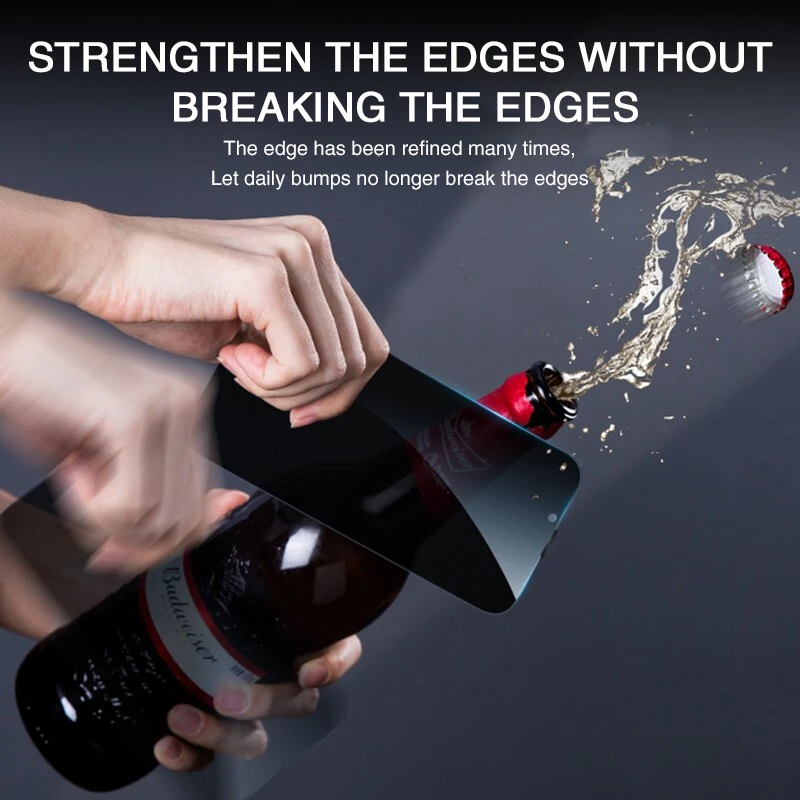
Signs That Indicate Your Screen Protector Needs Replacement
Recognizing when your iPhone screen protector needs a swap is key to maintaining your screen’s integrity. Here are some tell-tale signs:
Visible Scratches and Scuffs
The most obvious sign is visible wear. Look for scratches or scuffs that obstruct your view. If you notice such marks, it’s time for a new protector.
Cracks on the Protector
A cracked screen protector can’t protect effectively. Even small cracks can grow, so replace cracked protectors promptly.
Peeling Edges
If the edges start to peel, the protector’s adhesive is failing. Peeling can let in dust and debris, which might scratch the screen.
Touch Sensitivity Issues
If your iPhone doesn’t respond well to touch, the protector might be to blame. A new one may restore screen sensitivity.
Discoloration or Bubbles
Discoloration or persistent bubbles under the protector can be annoying. Such defects can hinder screen clarity and aesthetics.
When you spot these symptoms, it’s time to remove the old screen protector. Do so carefully to avoid damage to your iPhone’s actual screen. Up next, we’ll cover the precautions to take before starting the removal process.
Precautions Before Removing the Screen Protector
Before attempting to remove your iPhone’s screen protector, ensure you’re prepared. Taking the right precautions can protect both you and your device. Here’s what to keep in mind:
- Safety First: Have a strategy to manage broken glass if the protector is cracked. Avoid direct contact with sharp edges.
- Device Protection: Turn off your iPhone and remove any cables. This minimizes the risk of any accidental damage or short circuits.
- Proper Tools: Gather a wooden toothpick, a credit card, and a hairdryer. The wrong tools could scratch your iPhone’s screen or make the process harder.
- Clean Workspace: Work on a clean, flat surface to prevent further scratches or glass shards from causing harm.
- Gentle Hands: Apply minimal force while removing the screen protector. Too much pressure can damage the actual screen beneath.
- Time Management: Don’t rush the process. Allocate enough time to perform the removal carefully and attentively.
- Backup Plan: If the screen is also damaged, consider a professional repair service to avoid personal injury or further damage to the iPhone.
Keep these precautions in mind to safely remove your screen protector and maintain the pristine condition of your iPhone’s screen.
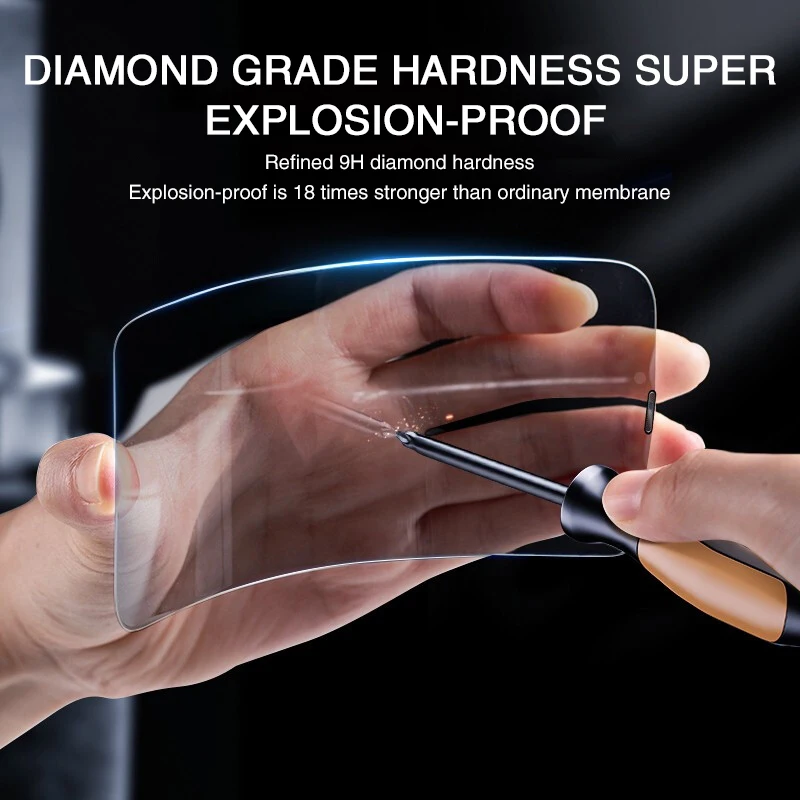
Tools Needed for Safe Removal
To safely remove your iPhone screen protector, you need the right tools. This setup prevents damage to both the screen protector and your iPhone’s actual screen. Here’s a straightforward list of items you’ll need:
- Wooden Toothpick: Start the removal process by lifting one corner of the protector. The toothpick is gentle enough not to scratch the screen.
- Credit Card: After lifting the corner with the toothpick, slide a credit card underneath. The card’s flexibility helps in peeling off the screen protector smoothly without cracking it.
- Hairdryer: Use this to heat the screen protector slightly. Warmth loosens the adhesive, making the protector easier to remove. Ensure the setting is on low heat to avoid overheating your iPhone.
These tools aid in a smooth, safe removal process. Using them correctly ensures the integrity of your iPhone’s screen remains intact during the removal of the screen protector.
Step-by-Step Guide to Removing the Screen Protector
Removing your iPhone screen protector is simple and safe when following these steps. Let’s go through the process step by step.
Heating the iPhone
Start by heating the iPhone with a hairdryer on low. Aim for 15 to 20 seconds. This softens the adhesive.
Lifting the Protector Edge
Use a wooden toothpick to lift a screen protector corner. Be gentle to avoid scratches.
Removing the Protector Carefully
Slide a credit card under the lifted edge. Move it around gently to detach the protector. Be patient and keep the card’s edge flat against the screen to avoid damage.
Cleaning the iPhone Screen
Once removed, clean your iPhone screen. Use a cloth with a water and vinegar mix for any adhesive residue. Your iPhone is now ready for a new screen protector.
Follow these steps to safeguard your iPhone’s screen when replacing a worn or damaged screen protector.
Disposal of the Old Screen Protector
After you remove the old screen protector, handle it with care. Here are steps for safe disposal:
Collect the Pieces
If the protector shattered, collect all glass fragments. Use tape to pick up small pieces.
Wrap in Paper
Wrap the glass pieces in newspaper or paper towel. This prevents injury from sharp edges.
Place in Rigid Container
Put the wrapped protector into a box or plastic container. It keeps the trash bag from tearing.
Dispose Properly
Throw the container in the trash bin. Check local regulations for glass disposal first.
Recycle if Possible
Some places offer recycling for glass materials. Consider this option to be eco-friendly.
Be mindful when disposing of the old screen protector. Safe handling ensures no harm comes to you or waste handlers.
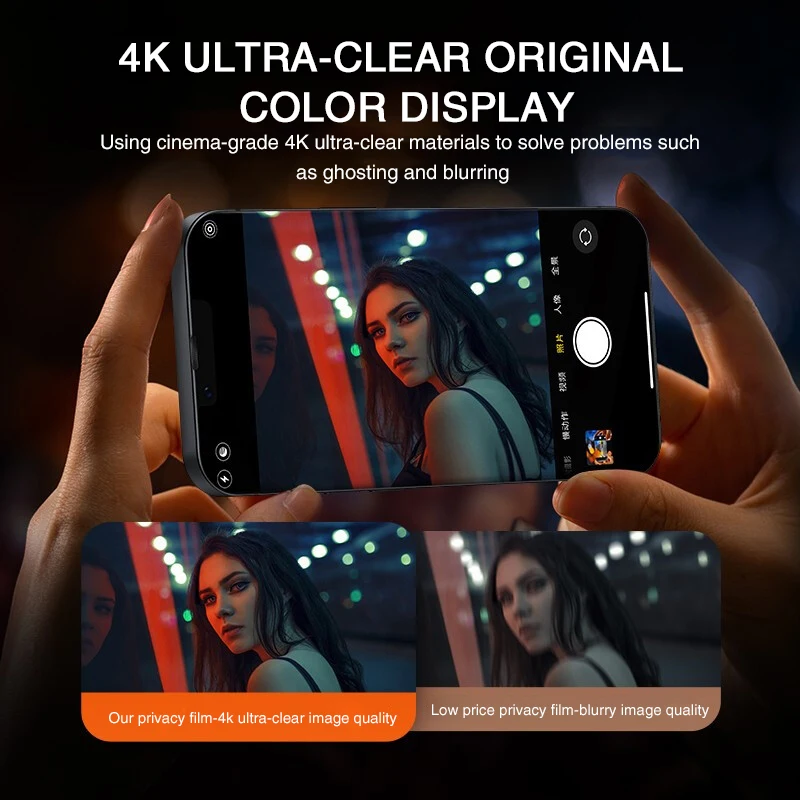
Tips on Applying a New Screen Protector
After you have successfully removed the old screen protector, it’s time to apply a new one. This step is crucial for ensuring the continued protection of your iPhone’s screen. Here are simple yet effective tips to make the application as smooth as possible:
Preparing the Screen
Make sure the iPhone screen is spotless. Use a microfiber cloth to remove any dust, lint, or smudges. Oils from your fingers can hinder adhesion, so avoid touching the screen.
Aligning the Protector
Carefully align the new screen protector with the iPhone’s screen. Pay attention to the location of the camera cut-out and the home button. This ensures a perfect fit. An improperly aligned protector can cause issues.
Applying the Protector
Slowly place the screen protector onto the screen. Begin from one end and gradually press it down. If bubbles appear, smooth them out using a squeegee or a credit card. Work from the center to the edges for best results.
Final Adjustments
Check for any remaining bubbles and press them towards the nearest edge to remove them. Finally, give your iPhone a gentle wipe to ensure the protector is secure and free of fingerprints.
Remember, a screen protector not only preserves the look of your iPhone but also maintains its resale value. Take your time when applying the new protector to avoid mistakes. If you’re not confident in your ability to apply it bubble-free, consider seeking help from a professional or using an application kit.
Troubleshooting Common Screen Protector Removal Issues
Even when you follow the step-by-step guide carefully, you might encounter issues when removing your iPhone screen protector. Let’s address some common challenges and their solutions.
Struggling with Stubborn Adhesive
Sometimes the screen protector’s adhesive doesn’t loosen up easily, even with heat. If you face this issue:
- Increase the hairdryer’s heat slightly, but always keep it moving to prevent overheating.
- Apply the heat longer than 20 seconds, focusing on the edges where the adhesive is strongest.
Protector Breaks During Removal
If the protector cracks or shatters while peeling it off:
- Secure loose pieces with tape to prevent them from falling off and creating a mess.
- Continue to use the credit card to gently lift away broken pieces from the screen.
Residue Left on the Screen
Adhesive residue can be tough to clean. To tackle this:
- Use a microfiber cloth with a little rubbing alcohol for a deeper clean. Avoid using too much liquid.
Screen Protector Won’t Peel Off
If you can’t find an edge to lift, or it won’t budge:
- Carefully slide the wooden toothpick under different corners to find a loose spot.
- Do not force it. If necessary, apply more heat and try again gently.
Accidental Scratches on iPhone Screen
To avoid this unfortunate situation:
- Always keep the toothpick’s point angled away from the iPhone’s surface.
- Work slowly and attentively, and don’t use metal objects that can scratch the screen.
Remember, patience is key when removing a screen protector. Rushing might save time initially but can lead to more issues and potentially harm your iPhone. If you’re uncomfortable performing the removal, consider taking it to a professional.
